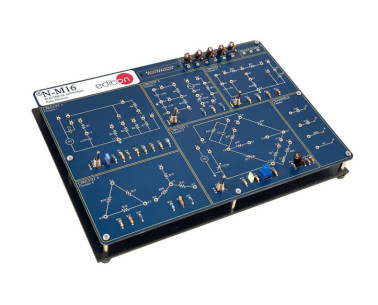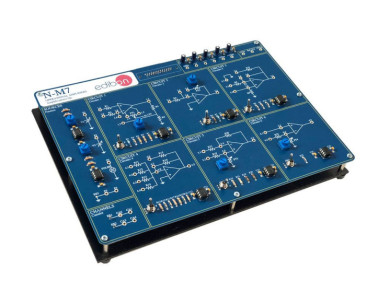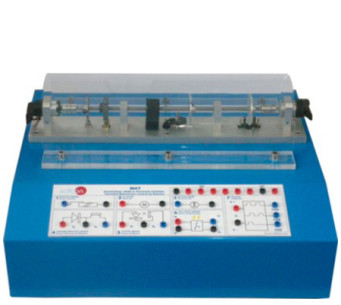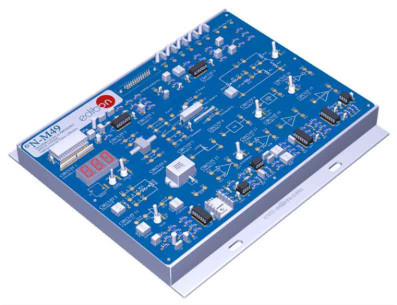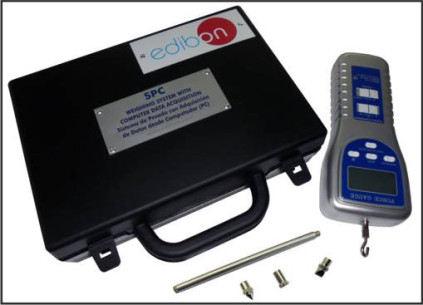FÜR WEITERE INFORMATIONEN, KONTAKTIEREN SIE UNS
14.2.- BIOMEDIZINISCHE ELEKTRONIK
Biomedizinische Technik untersucht die Anwendung von Ingenieurwissen im Bereich der Biologie und Medizin. Einer der relevantesten Bereiche dieser Technik ist die biomedizinische Elektronik, in der die Konzepte der Elektronik auf die Entwicklung medizinischer Instrumente angewendet werden.
Mehr sehenViele der in der Medizin entwickelten Verfahren benötigen heute die Unterstützung der Elektrotechnik, um bestimmte Anforderungen lösen zu können. Von der Kombination grundlegender elektronischer Elemente, wie Widerstände, Spulen und Kondensatoren, bis hin zu komplexeren Signalaufbereitungsschaltungen, Analog/Digital-Wandlung (A/D) oder Abstrahlung elektromagnetischer Wellen können Geräte entworfen werden, die in der Lage sind, Informationen vom Organismus zu erfassen oder eine medizinische Behandlung anzuwenden. Darüber hinaus ermöglichen Techniken der Steuerungselektronik, wie z. B. PID-Regler oder neuronale Netze, die Entwicklung von medizinischen Geräten und Instrumenten, die in der Lage sind, Substanzen kontrolliert zuzuführen oder eine chemische Reaktion (Stöchiometrie) in einem Labor auszugleichen. Andere Elemente, wie z. B. Flüssigkristallanzeigen (LCD) oder LED-Anzeigen, bieten einen sehr geringen Stromverbrauch und sind daher ideal für den Einsatz in tragbaren medizinischen Geräten. Das kombinierte Wissen dieser klinischen und steuerungselektronischen Instrumentierung ist notwendig, um die elektronischen Schaltungen der medizinischen Geräte interpretieren und entwerfen zu können.
Die Zukunft der Biomedizinischen Elektronik will die Grundlagen für die Medizin der Zukunft legen, in der elektronische Geräte in der Lage sein werden, einen Patienten schnell zu diagnostizieren und nicht-invasive Therapien so effizient wie möglich anzuwenden. Darüber hinaus werden elektronische Komponenten immer kleiner und neue Materialien entwickelt, die das Design von Nano-Robotern erleichtern. Diese Technologie wird in der Lage sein, auf zellulärer Ebene zu diagnostizieren und zu behandeln, sogar DNA künstlich und autonom zu reproduzieren und zu reparieren.
Siehe Produkte Cookie-Präferenzen
Cookie-Präferenzen




